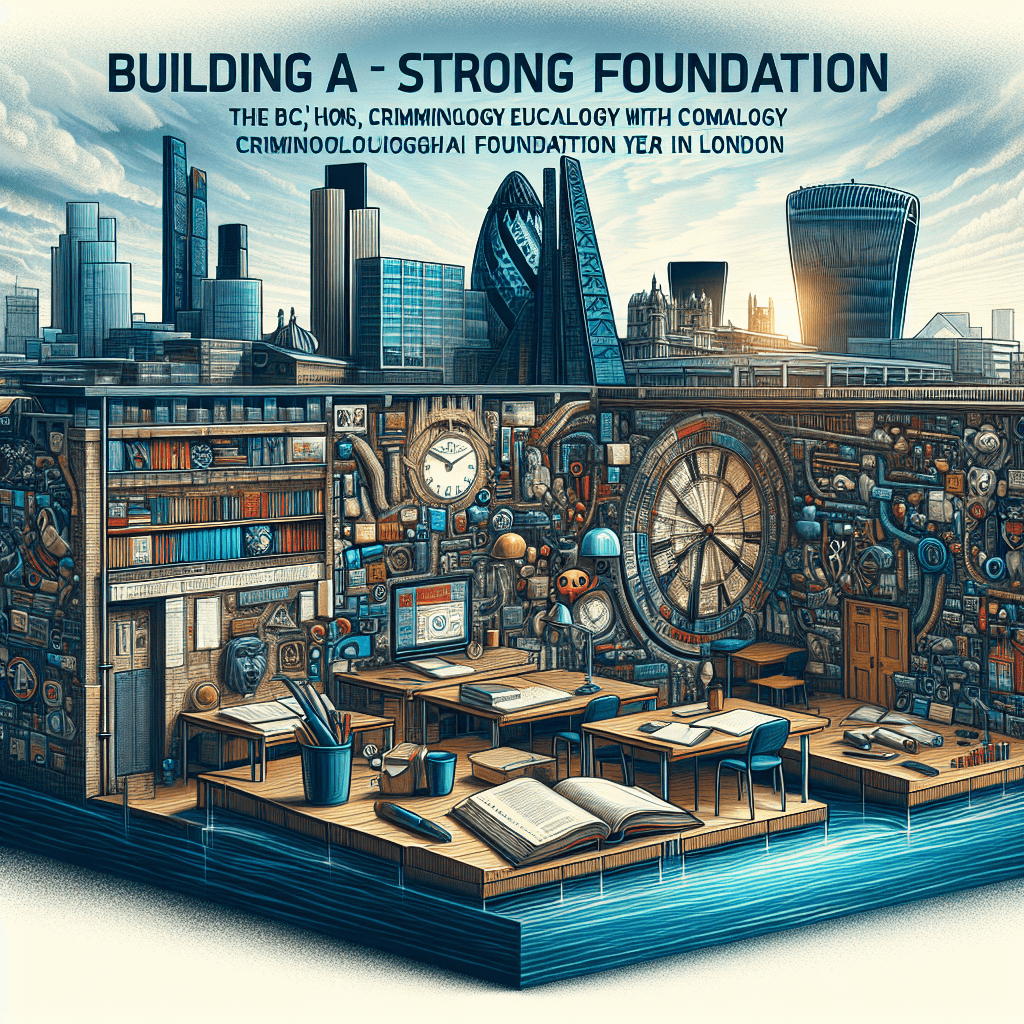How to Save a Life: A Step-by-Step Guide to CPR in the UK
Cardiovascular disease is a leading cause of death worldwide, and it’s essential to know what to do in an emergency. Cardiopulmonary resuscitation (CPR) is a lifesaving technique that can help maintain blood circulation and oxygenation to the brain and vital organs until medical professionals arrive on the scene. In the UK, CPR is a crucial skill that can mean the difference between life and death.
Step 1: Assess the Situation
Before starting CPR, it’s essential to assess the situation and ensure your own safety. Check that the person is unresponsive, not breathing, and not showing any signs of circulation. If you’re unsure about any of these factors, it’s always best to err on the side of caution and call the emergency services.
Step 2: Call for Help
Dial 999 or 112 immediately to alert the emergency services. Provide the operator with as much information as possible, including the location, the number of people involved, and the circumstances of the emergency. This will help the ambulance crew prepare and respond quickly.
Step 3: Begin CPR
CPR involves chest compressions and rescue breaths. Start by placing the person on their back on a firm, flat surface. Kneel beside them and position your hands as follows:
- For an adult, place the heel of one hand on the center of the chest, with your arm straight, and place your other hand on top.
- For a child, use one hand only, with the heel on the center of the chest.
- For an infant, use the tips of your fingers to apply pressure to the center of the chest.
Step 4: Start Compressions
Begin compressions by pushing down on the chest with your hands. The pressure should be firm but not too hard, with a depth of 5-6 cm (2-2.5 inches). Compress the chest at a rate of 100-120 compressions per minute.
Step 5: Rescue Breaths
After 10-12 compressions, give two rescue breaths. Pinch the person’s nose shut and give a breath lasting 1-2 seconds. Repeat this process until the ambulance arrives or the person shows signs of regaining consciousness.
Step 6: Continue CPR
Continue compressions and breaths until the ambulance crew takes over or the person starts to show signs of regaining consciousness, such as coughing, opening their eyes, or responding to voice commands.
Important Considerations
- Never interrupt the compressions, even if the person shows signs of fainting or passing out.
- If you’re not trained in CPR, you can still help by calling 999 and providing any information you have.
- CPR should only be done by someone who is trained in the technique and feels comfortable doing so.
- If a defibrillator (AED) is available, it should be used in conjunction with CPR.
Conclusion
CPR is a lifesaving technique that requires minimal training and equipment. By following these simple steps, you can help save a life in the event of a cardiac emergency. Remember to always prioritize your own safety, call 999, and follow the steps outlined above. With CPR, you can make a real difference in the life of someone in crisis.
Remember
- CPR is a vital skill for anyone, regardless of their medical background.
- CPR should only be done by someone who is trained in the technique and feels comfortable doing so.
- If you’re unsure about any aspect of CPR, it’s always best to seek guidance from a qualified instructor or medical professional.
Additional Resources
- The British Heart Foundation (BHF) offers a range of resources, including online training courses and information on CPR and cardiovascular health.
- The Resuscitation Council UK (RCUK) also provides a range of resources, including training courses and guidance on CPR and other lifesaving techniques.
By learning CPR, you can play a critical role in saving a life. Take the appropriate training, stay prepared, and always remember to prioritize your own safety. In the words of the BHF, "Every minute counts. Every life counts."
#Save #Life #StepbyStep #Guide #CPR







